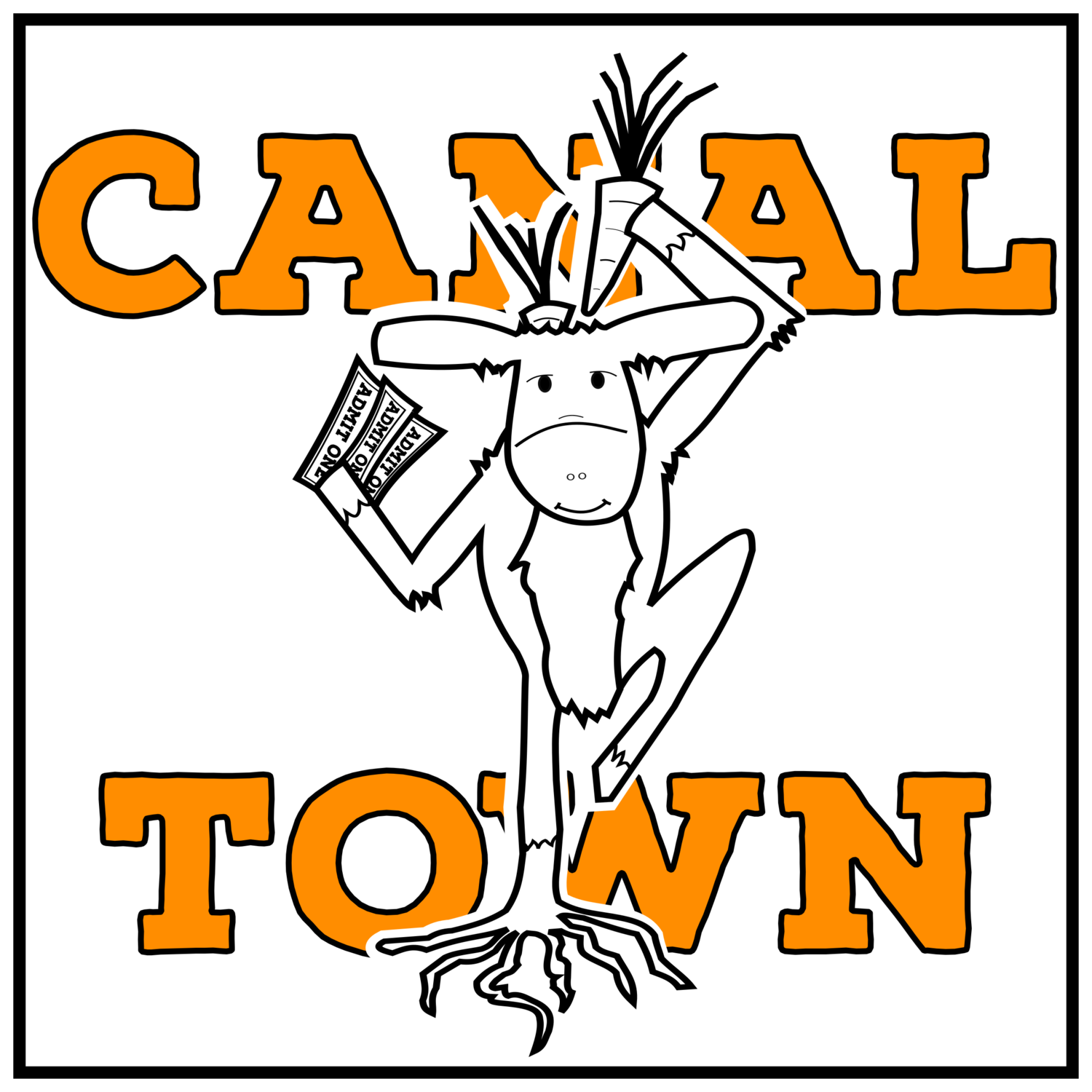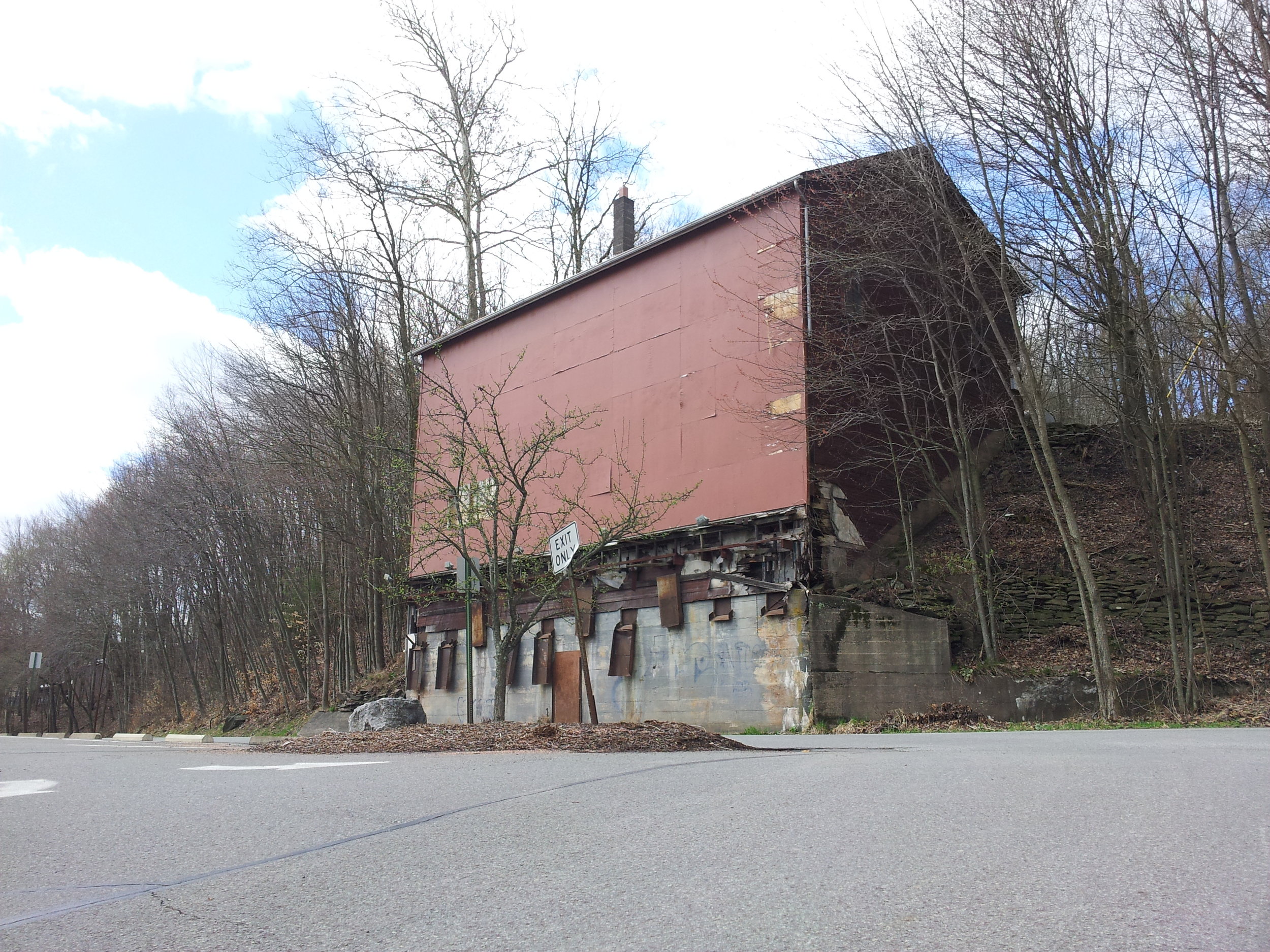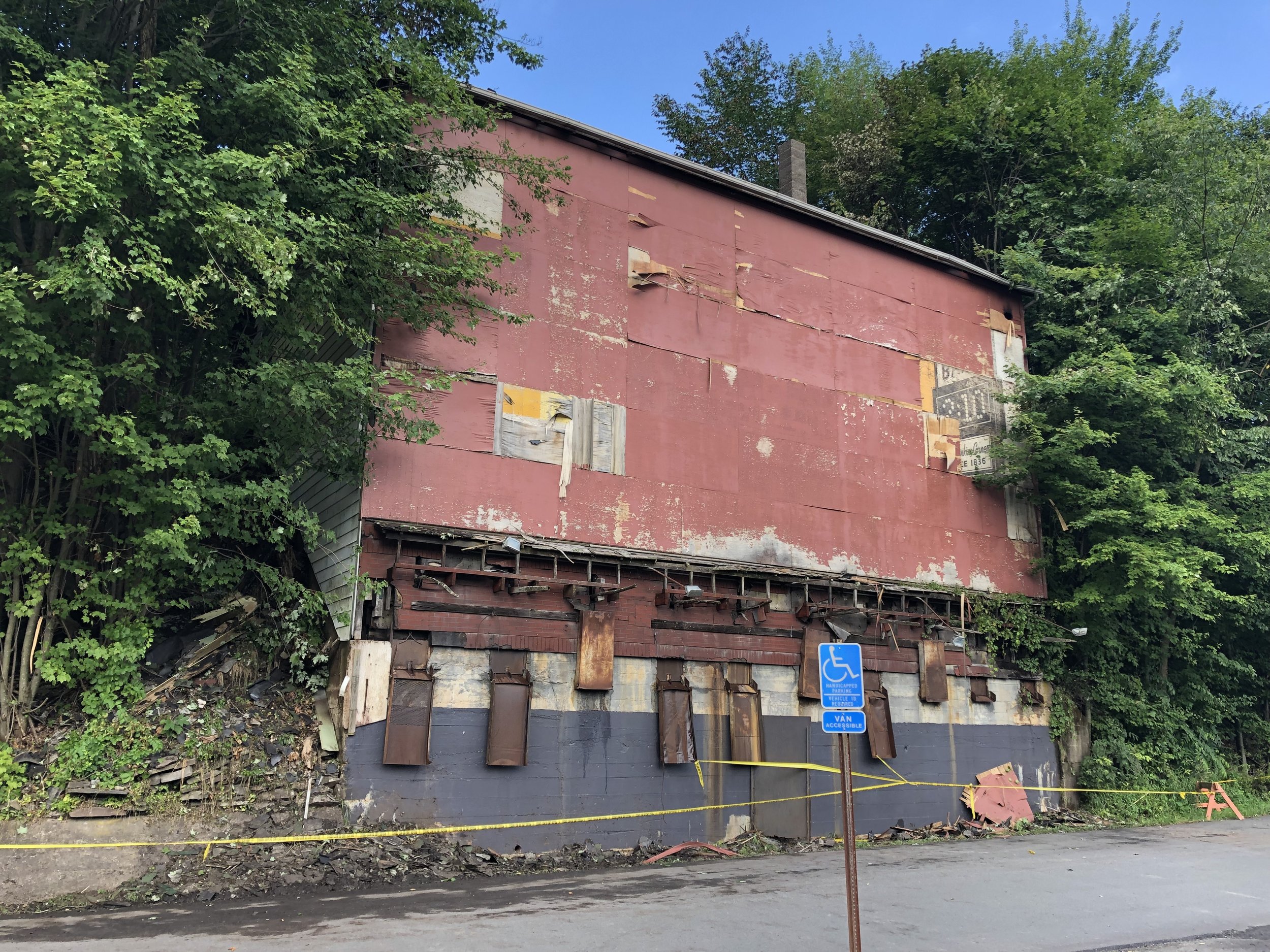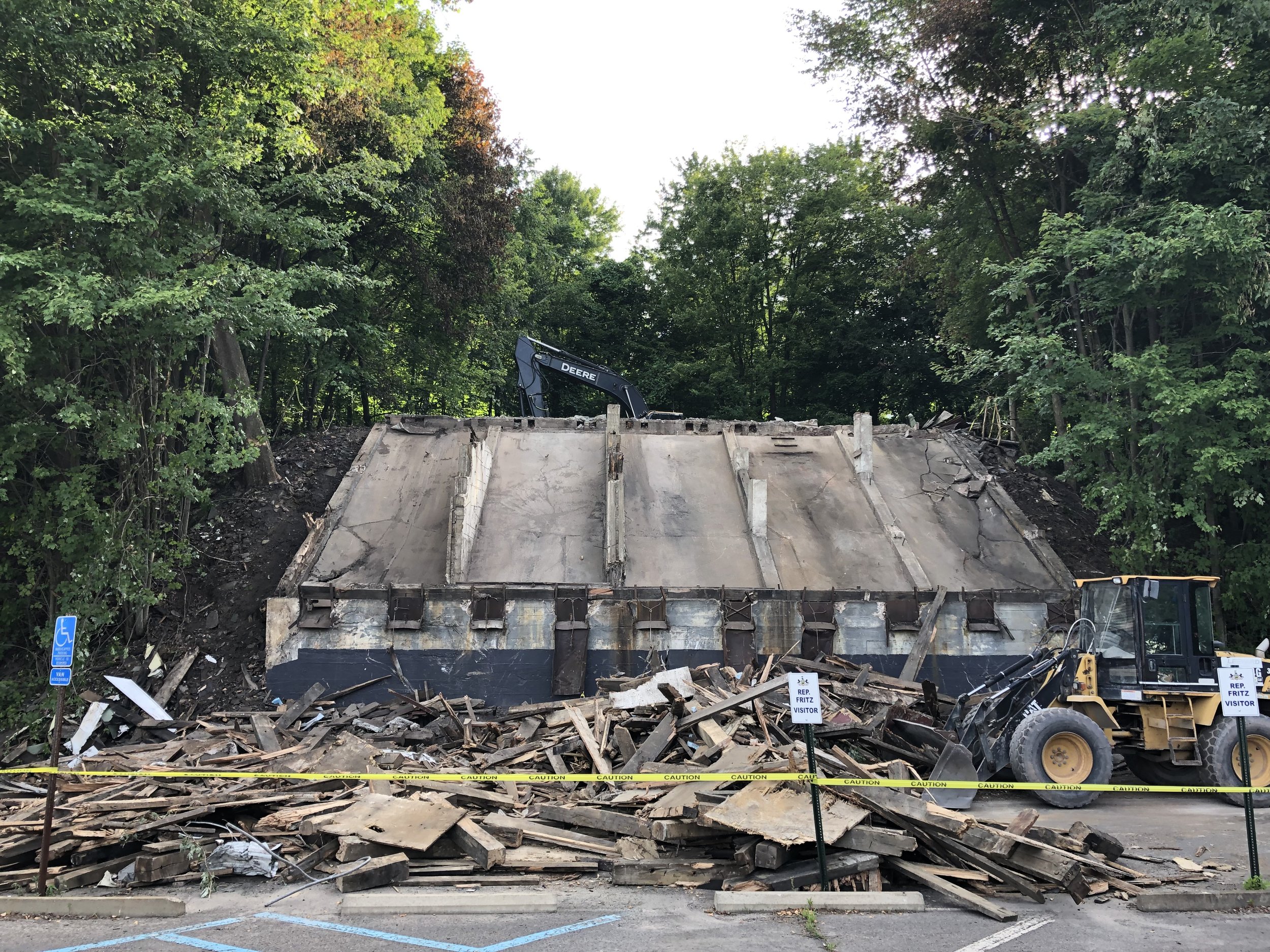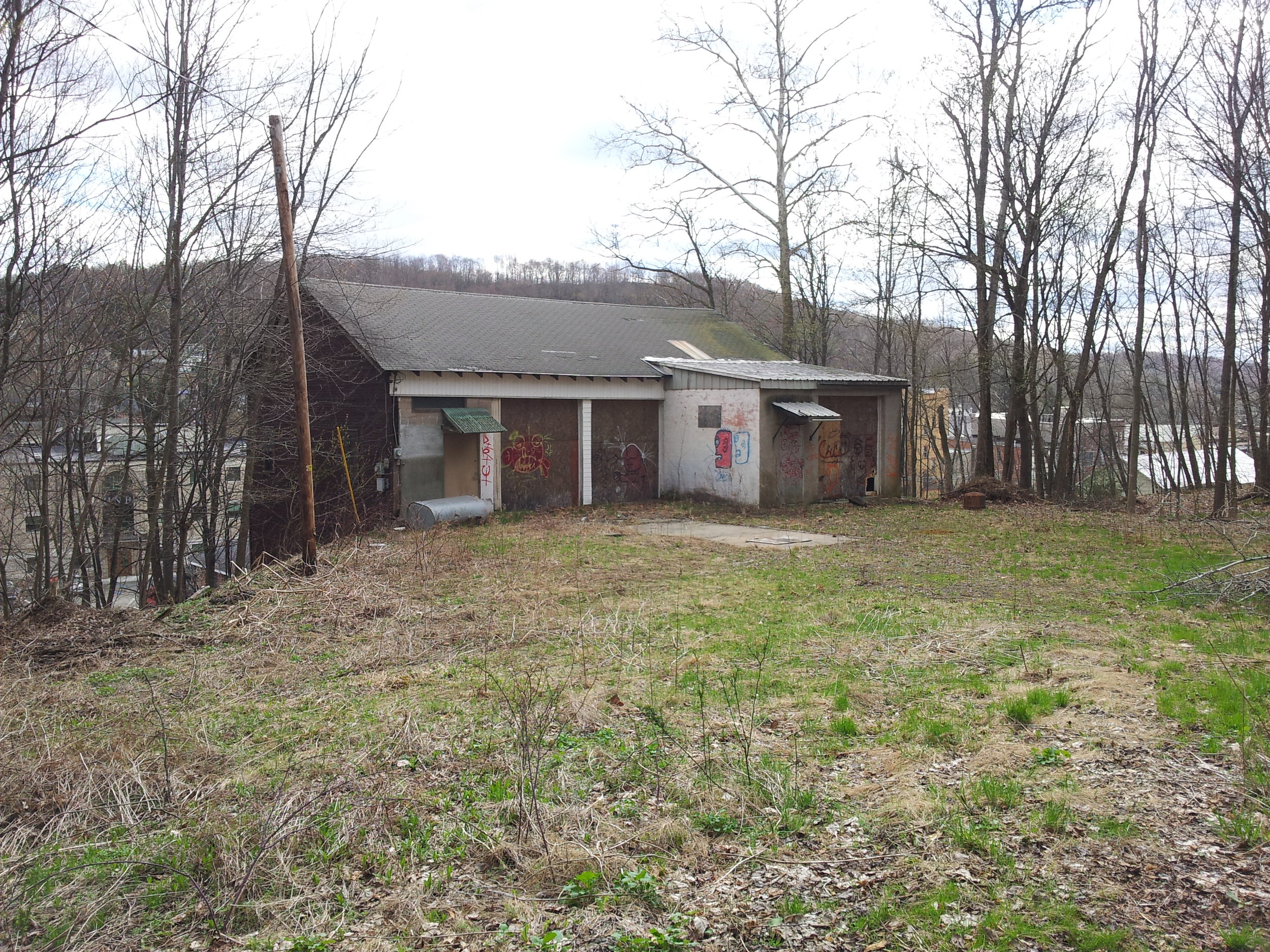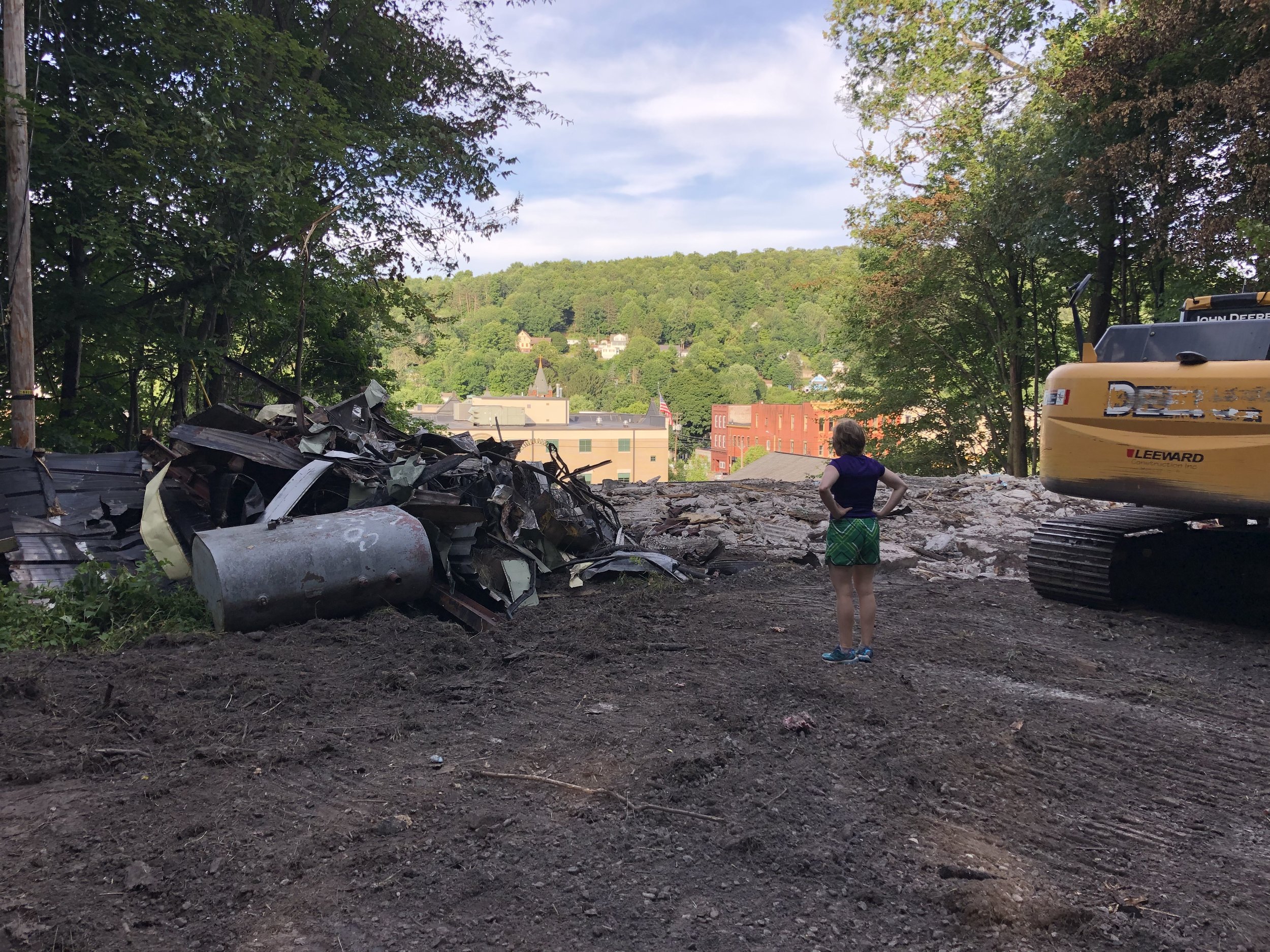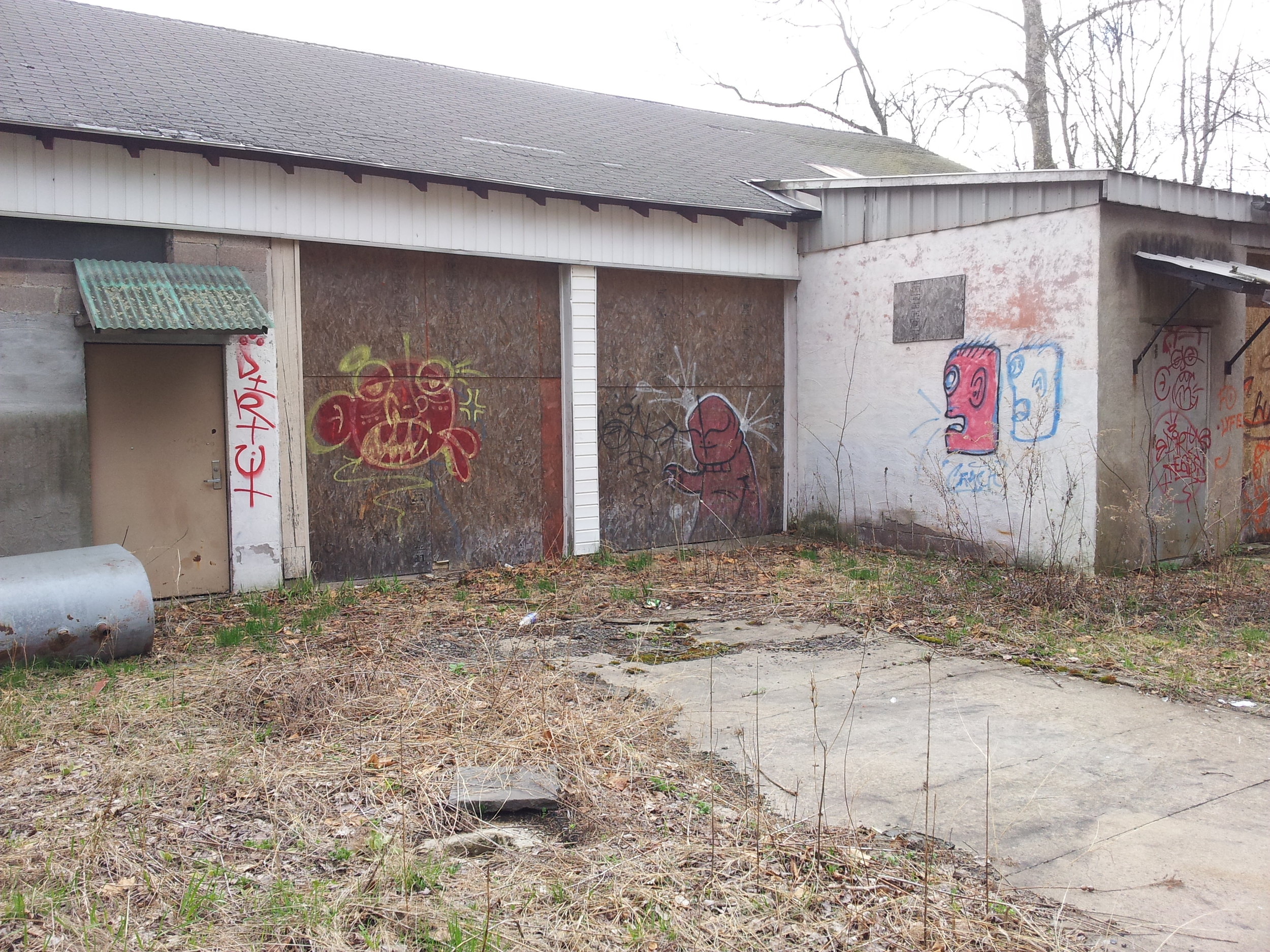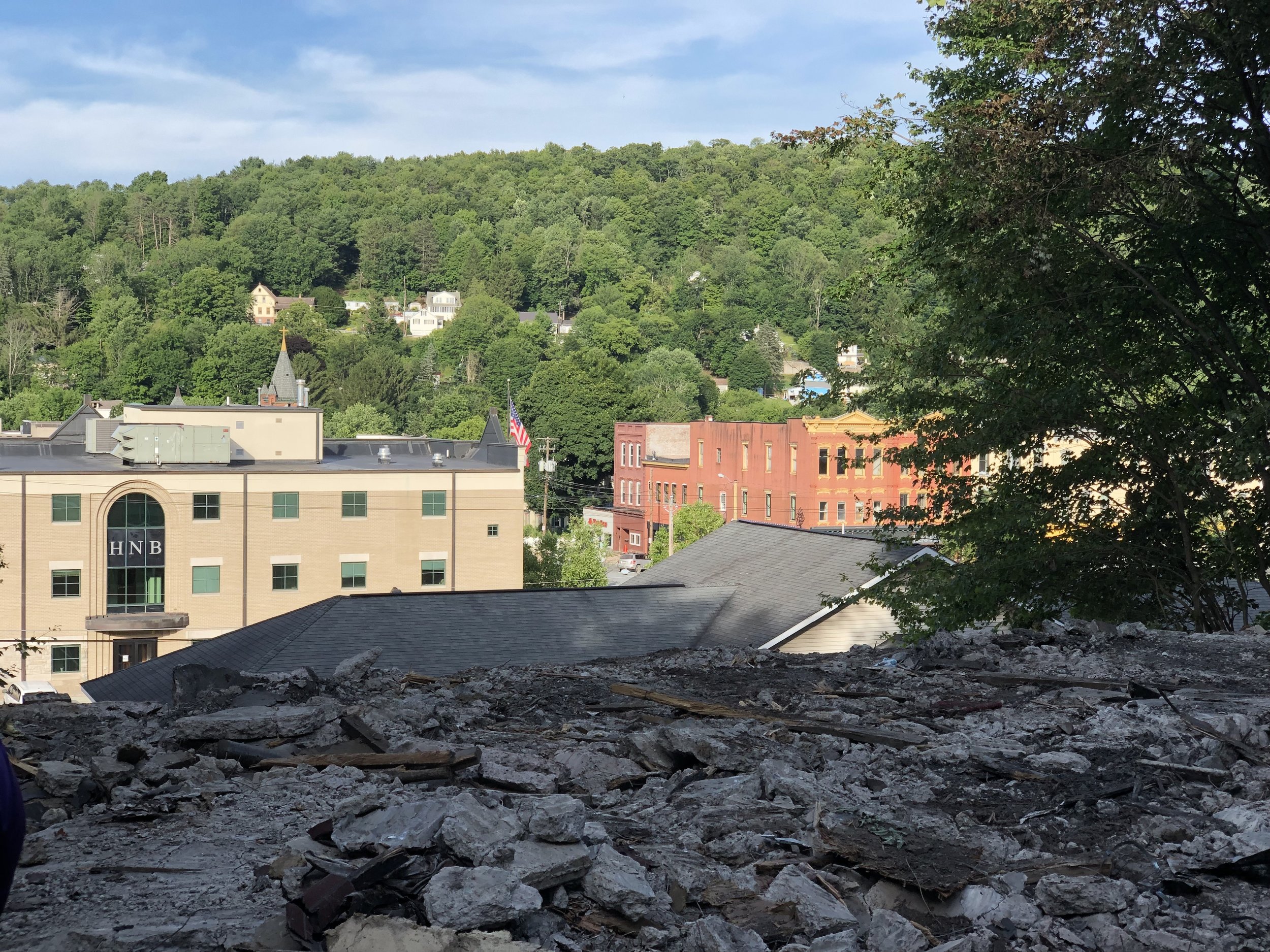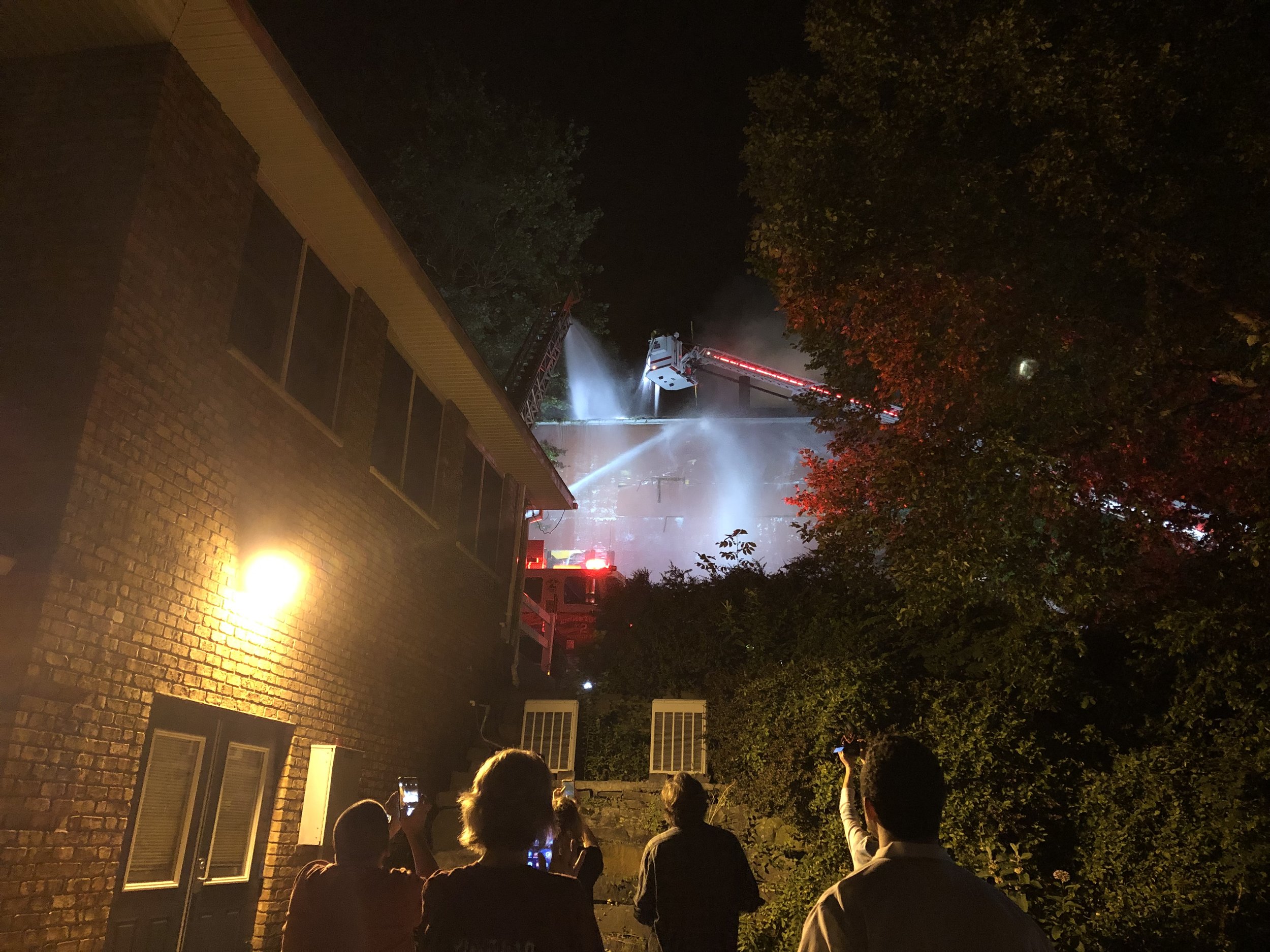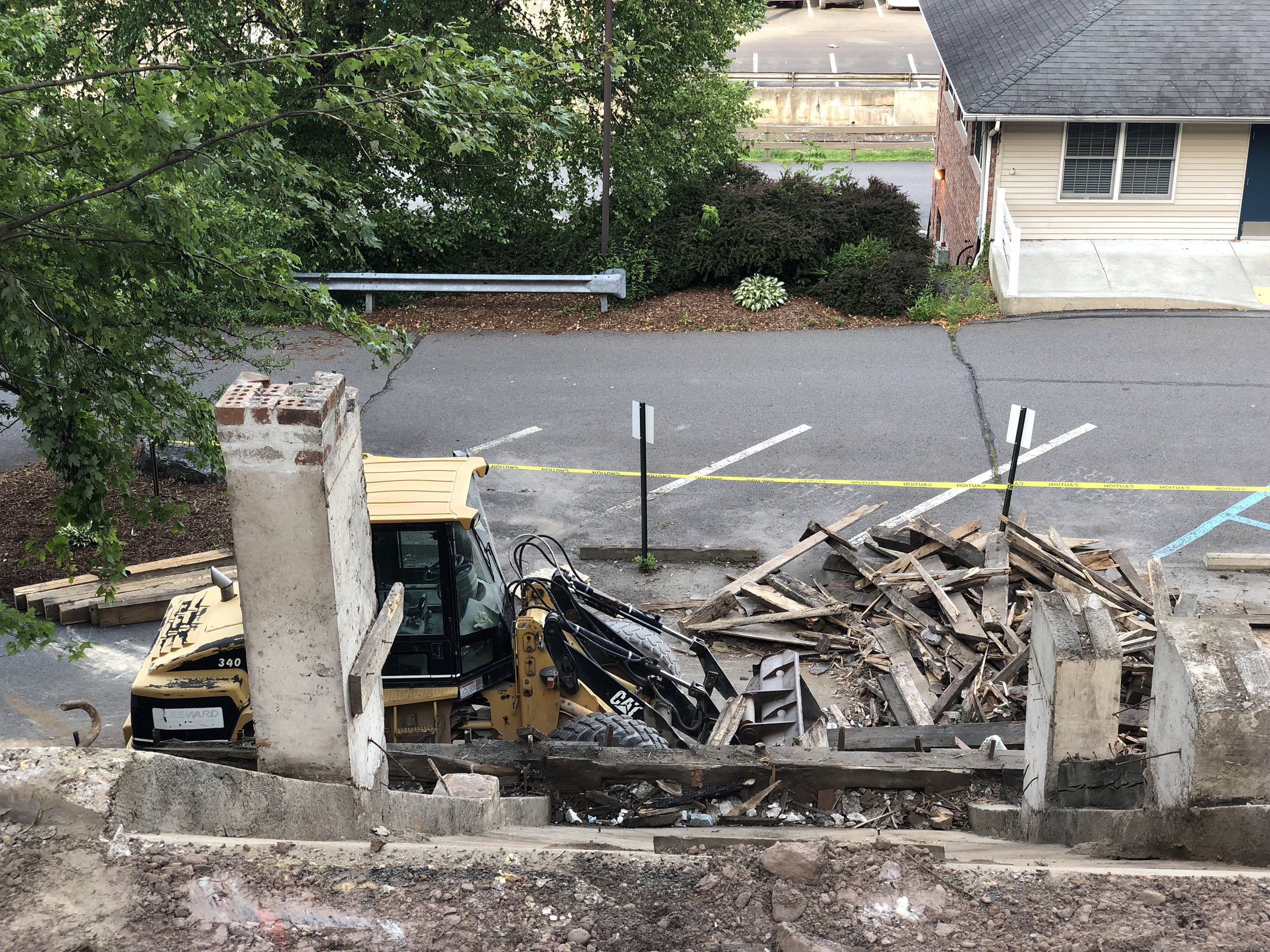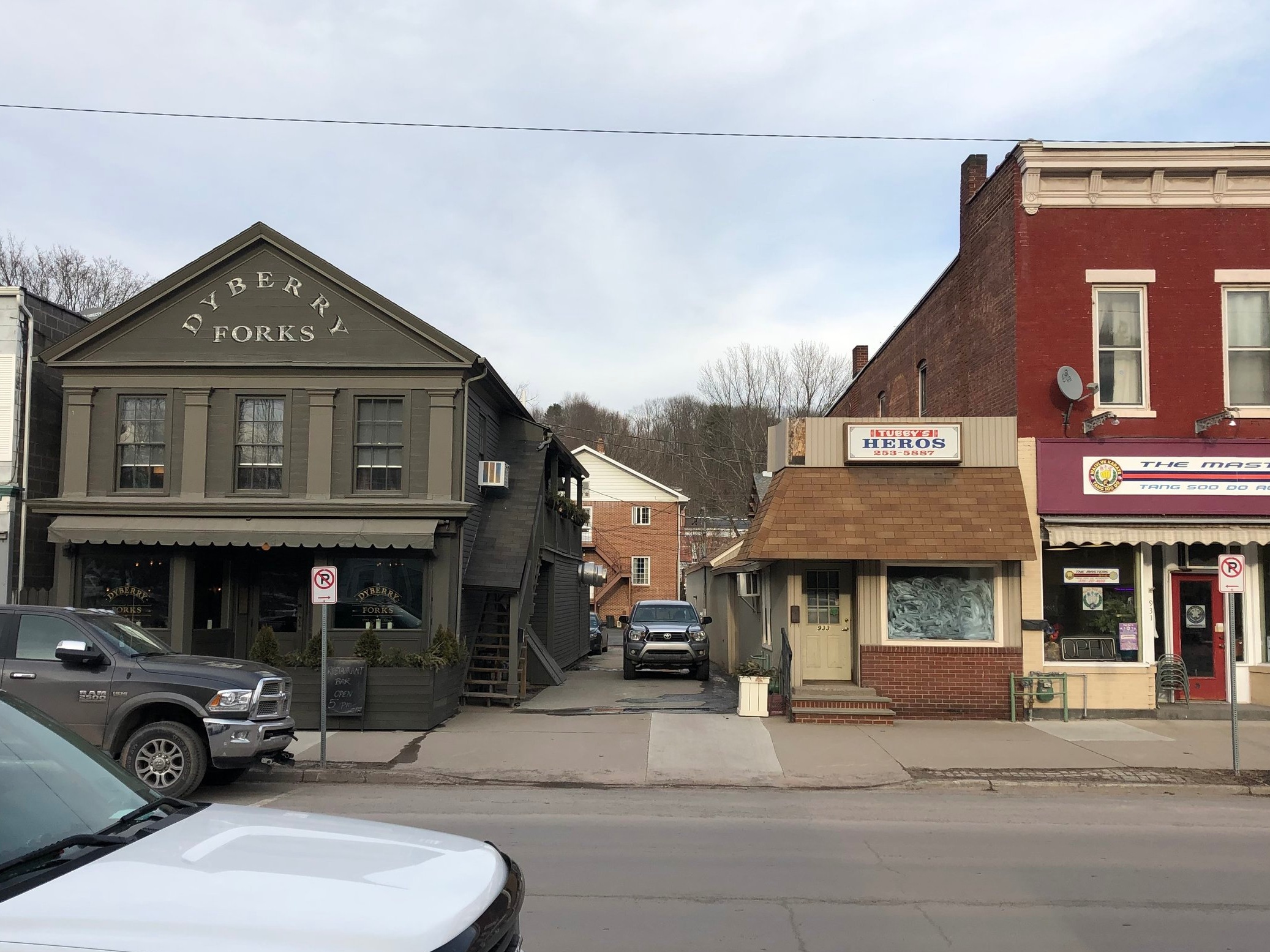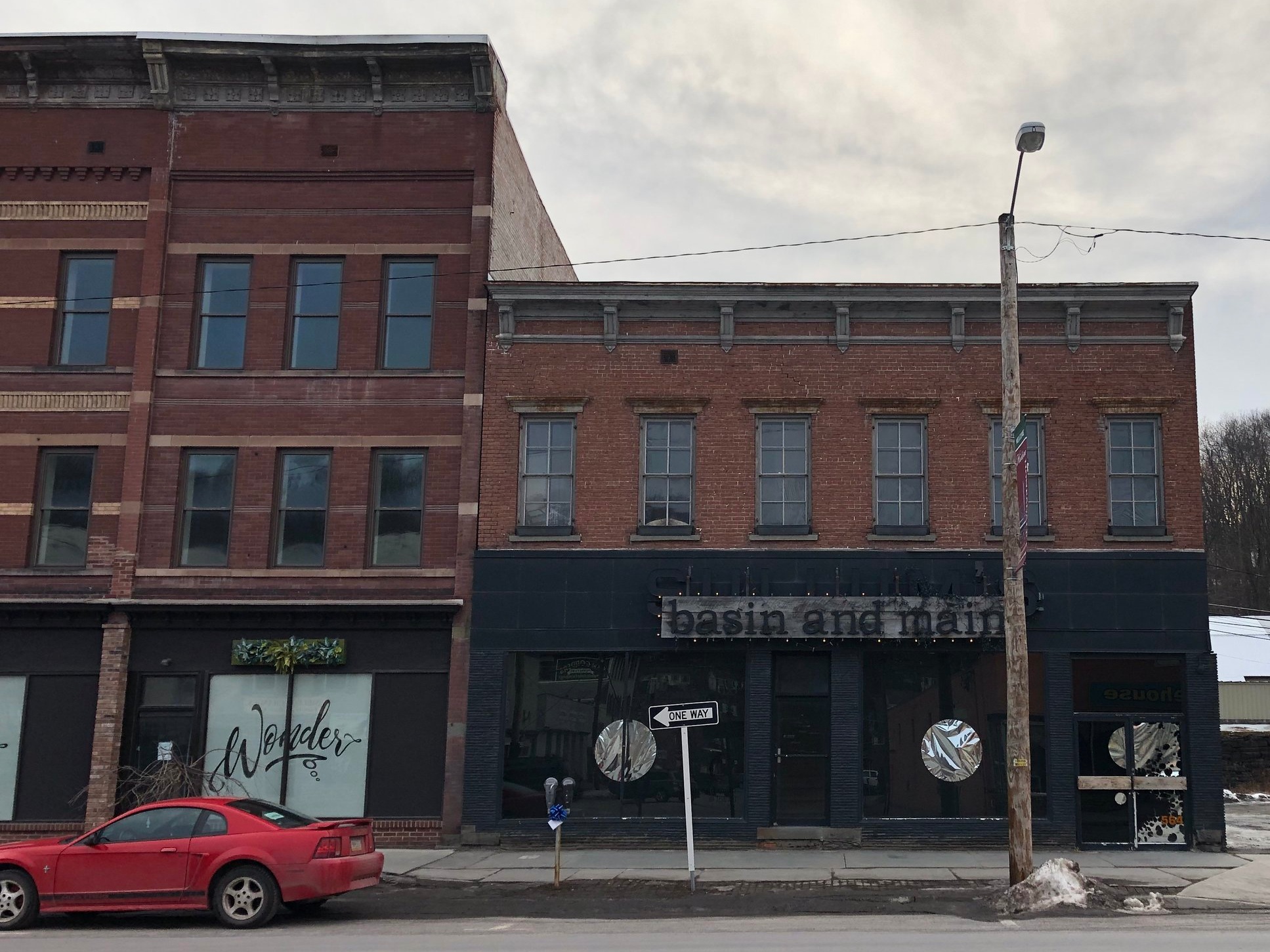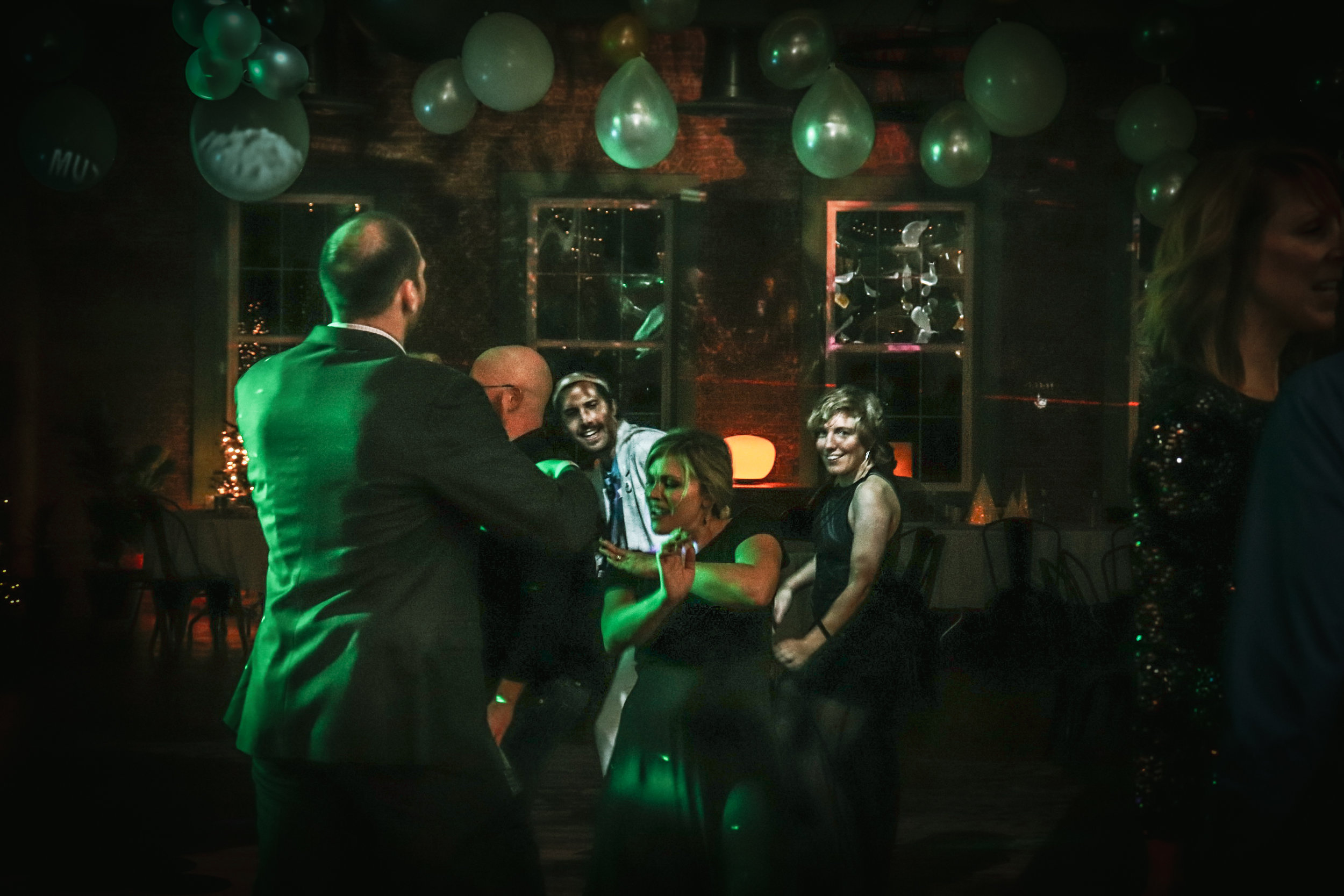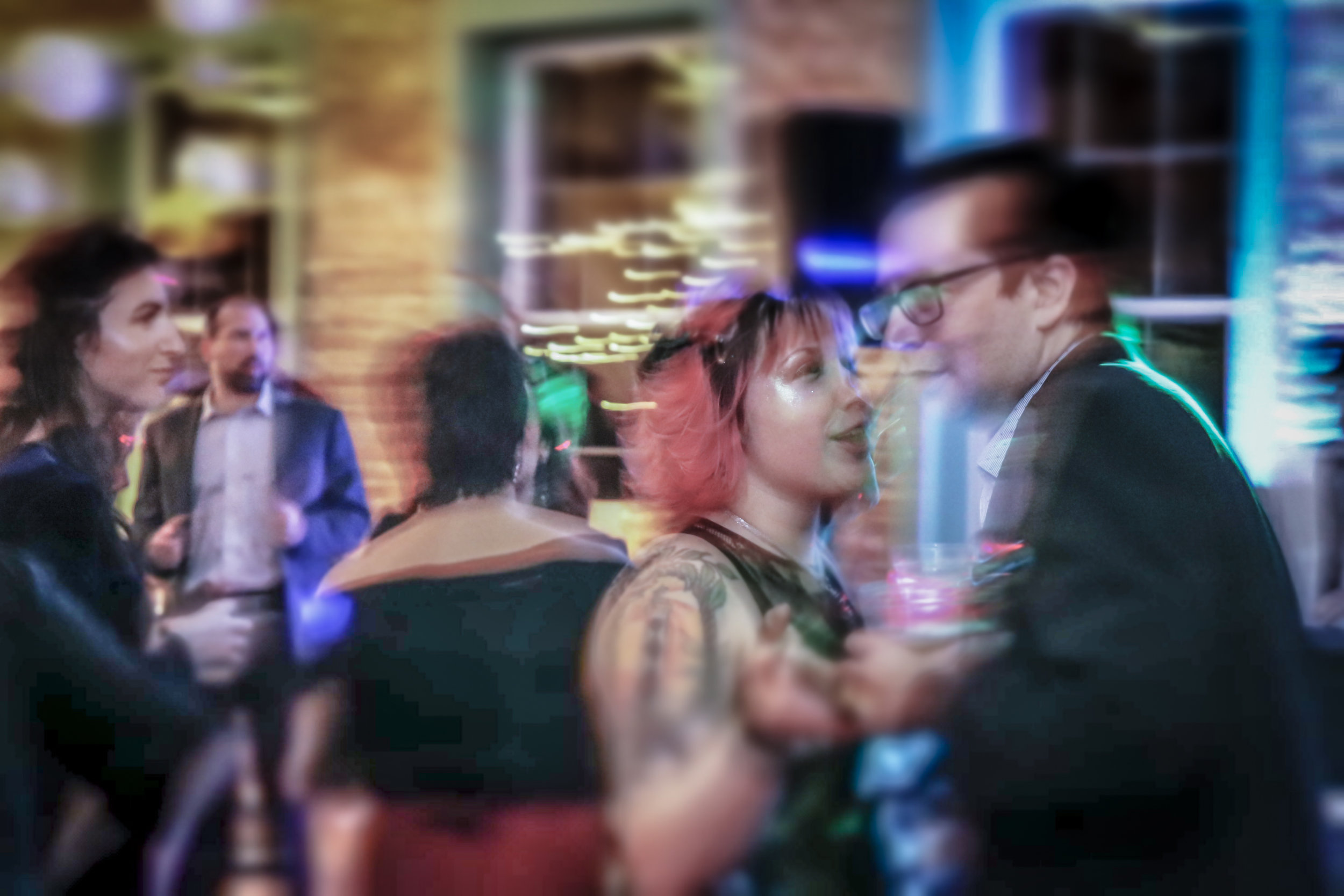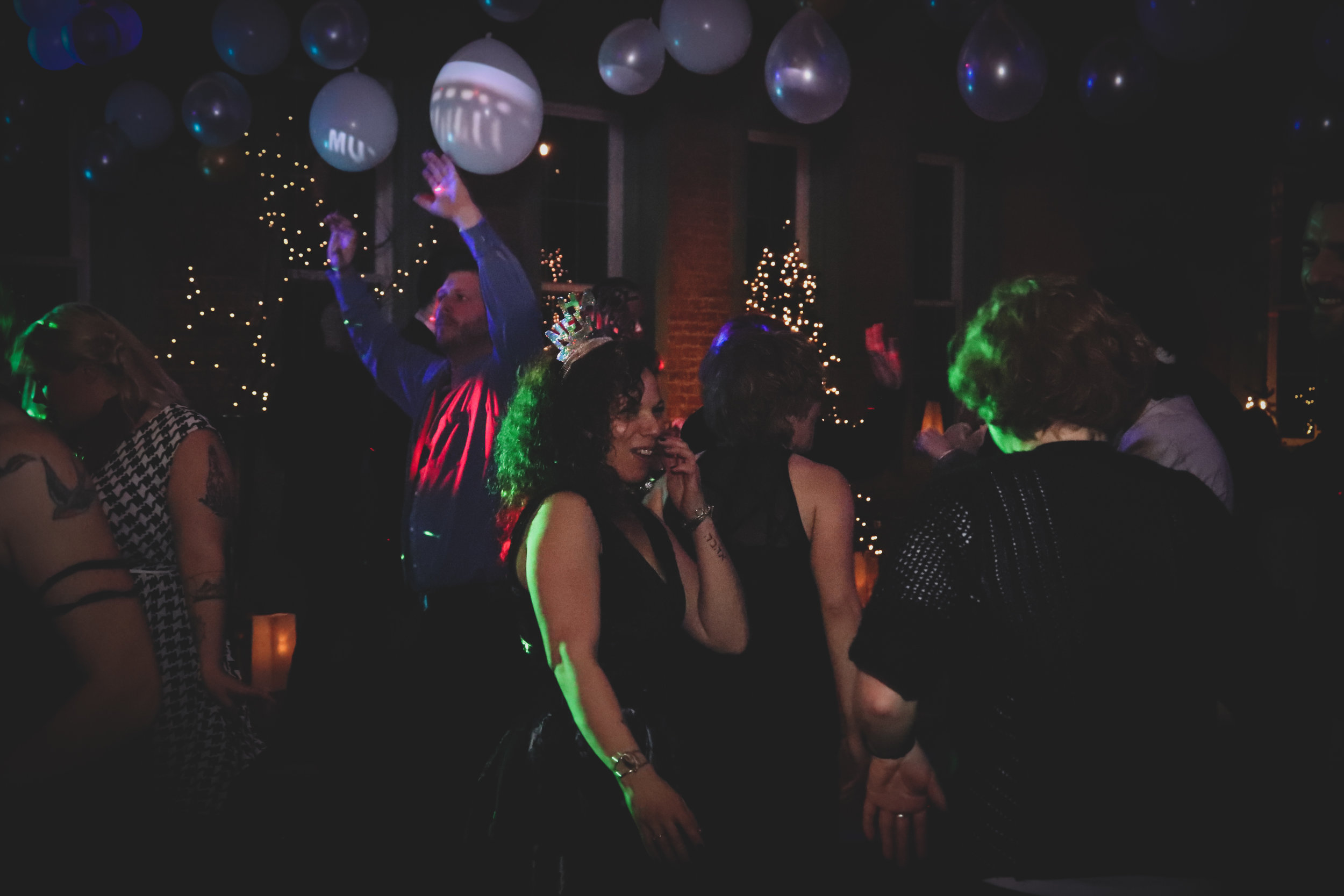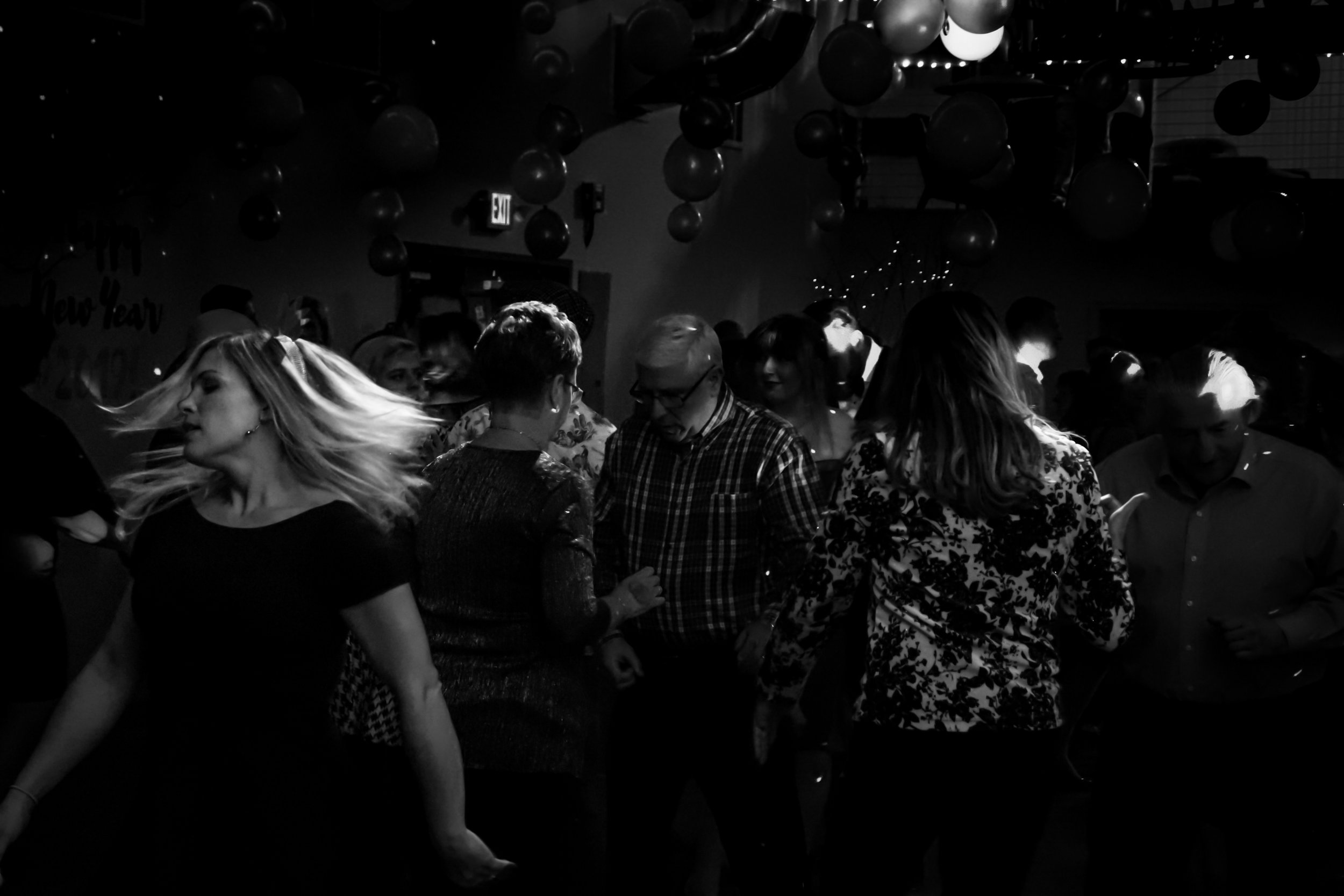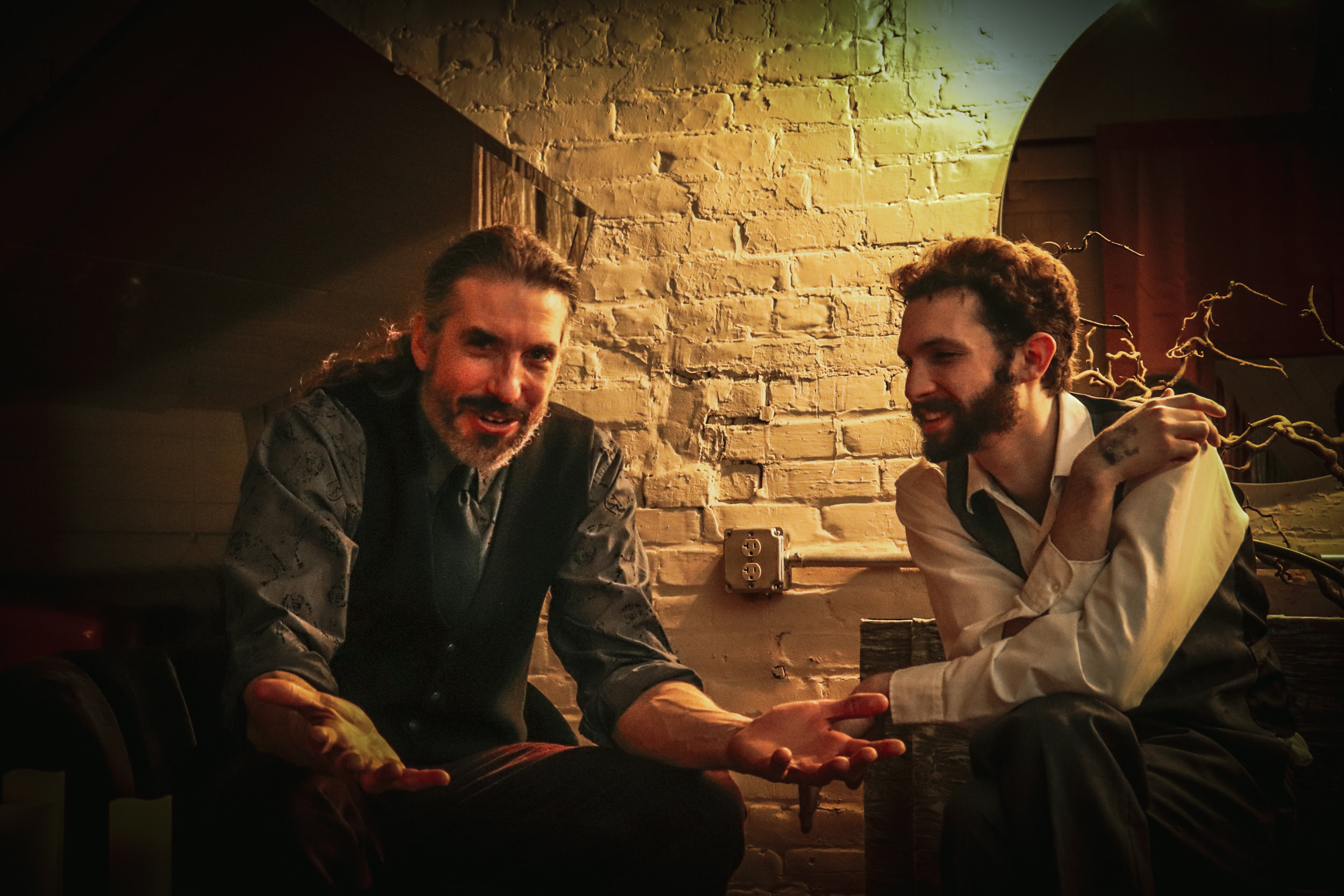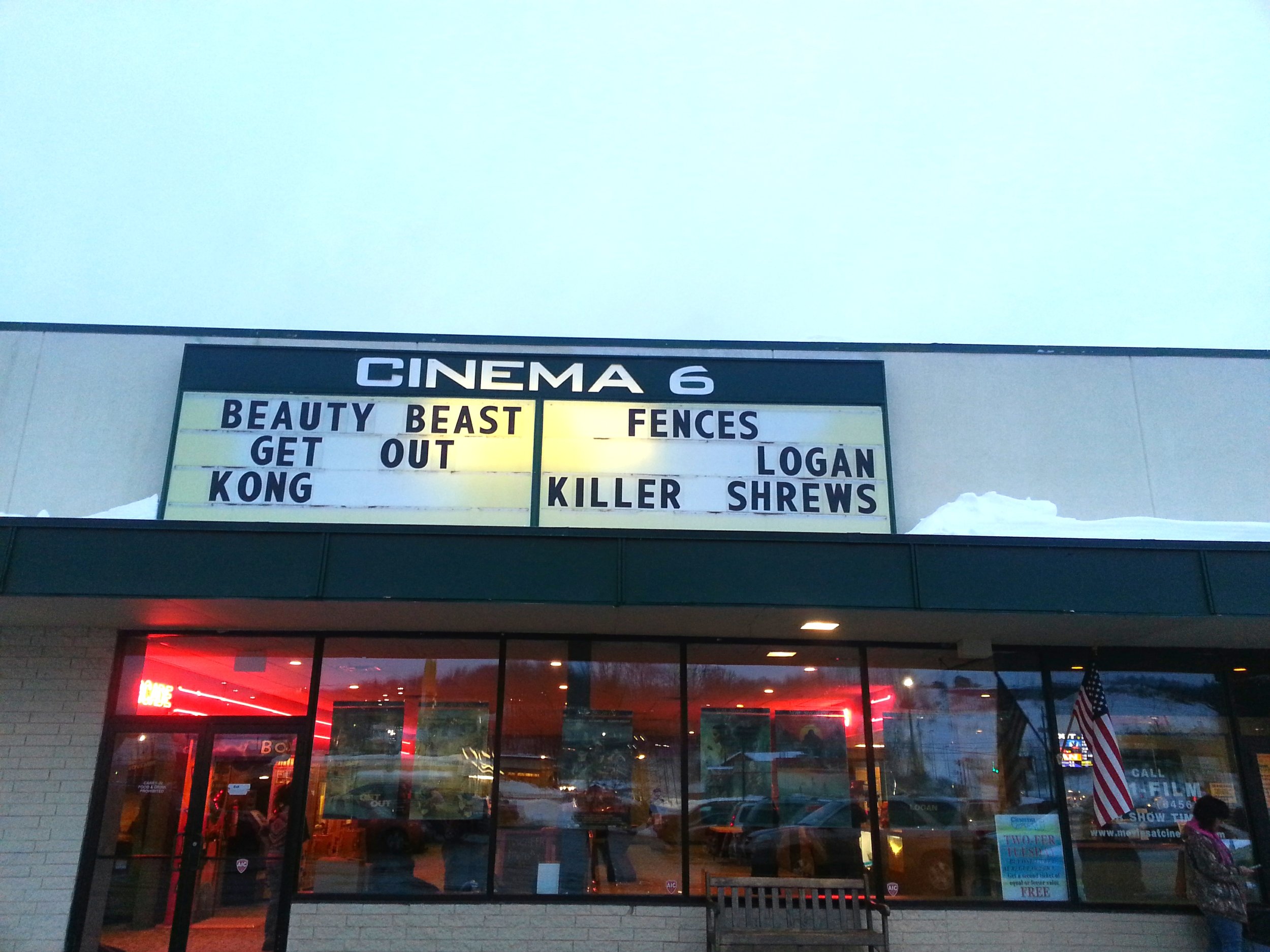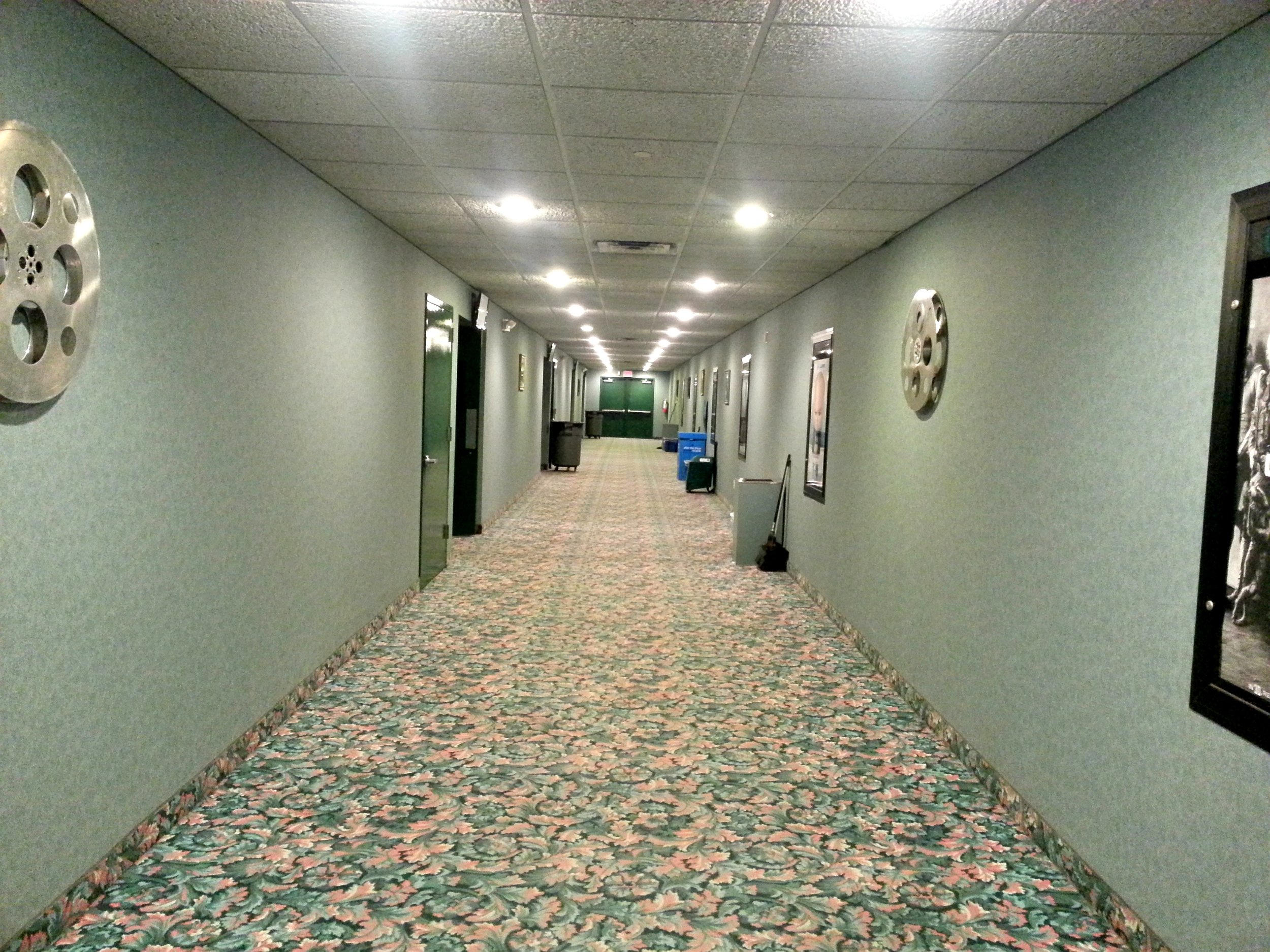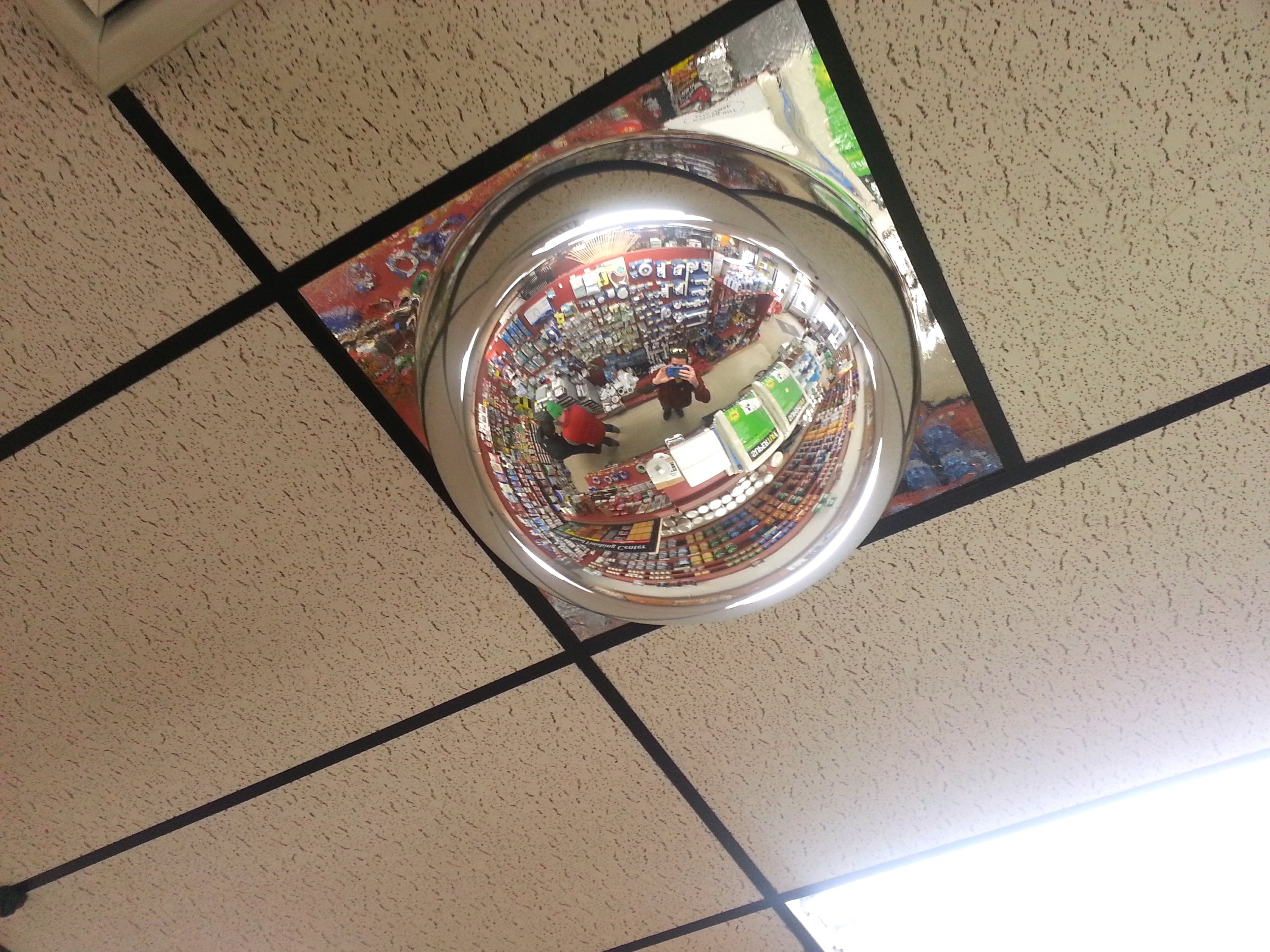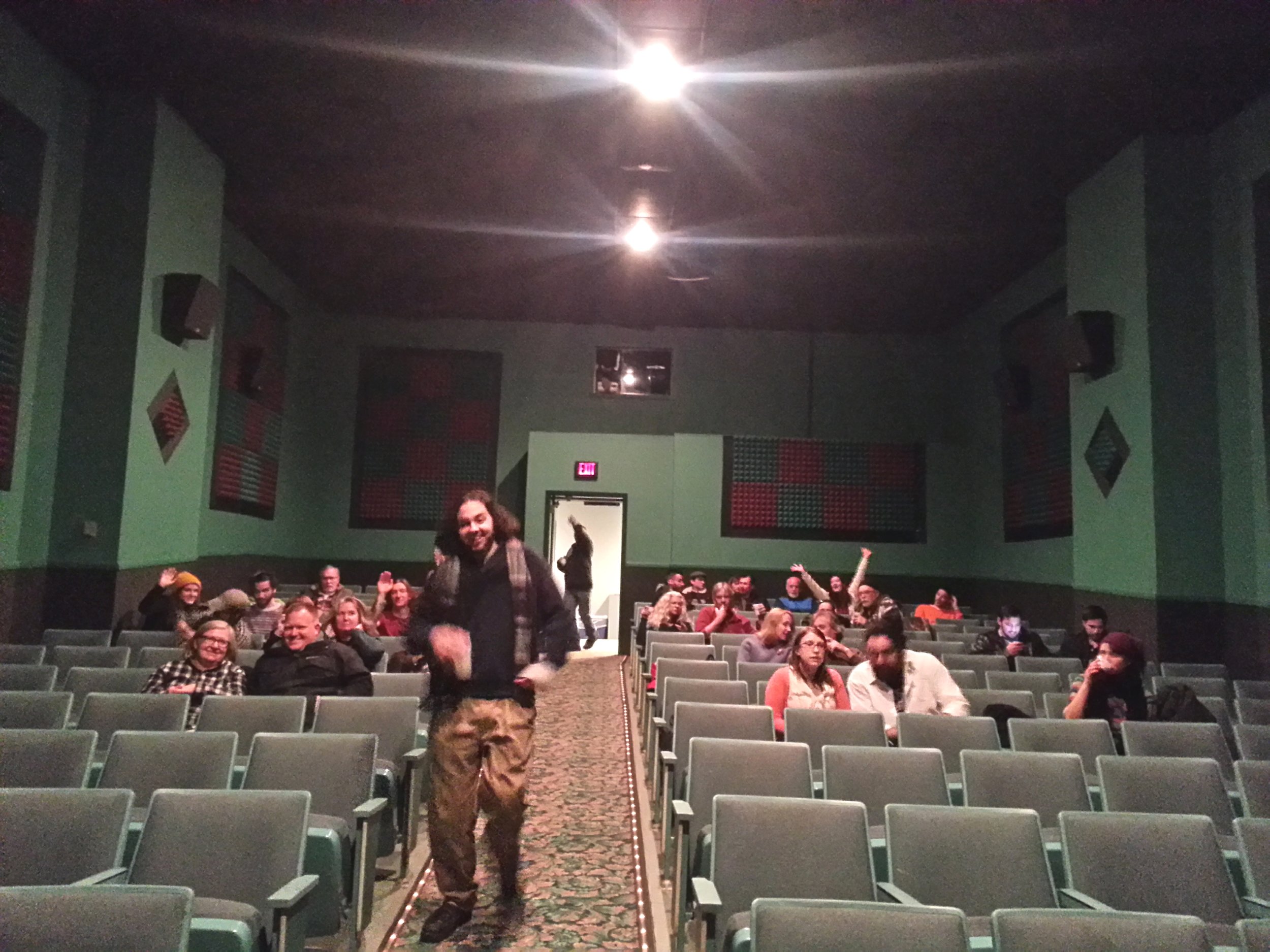Honesdale Borough Council recently made a statement (found HERE) at their May 3 meeting describing the Borough’s side of a code enforcement story that affected a local business (Black & Brass Coffee Roasting Company.) Black & Brass’s side of the story is partially told HERE. We need not rehash that tale yet don’t mind taking a moment to unpack a bit of how it was told.
Without getting into the regulatory weeds we so often enjoy hiking through, there are a few items worth noting about leadership in this saga. Black & Brass, having reached a moment all too familiar and perpetually unfortunate, found themselves with a single path forward. A path, prescribed by the Borough, that required hearing fees, time, and potential legal action to find resolution.
Few have the resources to counter municipal machinery when it decides to chug along, directly atop your existence. Black & Brass decided to find another way to address this challenge. One that didn’t involve a lawsuit that costs everyone money better spent on food.
Borough Council didn’t provide many options so Black & Brass created their own. That’s what community leaders do. They create things.
The above (and soon to be) below-referenced statement from Honesdale Borough Council highlights their recent leadership style. A style less about creating things than it is about insisting on the impossible; things staying the same.
It’s worth noting that Council is made up of many people and many ideas. The collective body carries with it the weight of local authority, however. That weight is pushed around with the momentum and oft-unchallenged power of a singular entity that enforces rules for how to live instead of facilitating progress that makes it easier to live here. Honesdale Borough Council, as a singular entity, is what we’re looking to better understand.
In Council’s statement, it was indicated that “… the Borough was contacted on at least two occasions by the Pennsylvania Department of Environmental Protection (DEP) regarding air quality complaints… ” and that “Upon it’s investigation, the Borough Zoning Department notified Black and Brass that it was alleged to be in violation of the Borough’s Zoning Ordinance due to its roasting operation at both of its locations.”
>> This implies that the DEP’s investigation of air quality complaints led to Borough action. It turns out, the DEP was simply notifying the Borough of complaints they received and determined to be a neighborly nuisance that didn’t warrant their further involvement. The Borough’s actions were their own and based on the Borough’s interpretation of their zoning and property maintenance/quality of life ordinances (chapters 210 and 160, respectively, of the Honesdale Borough Code.)
In Council’s statement, it was indicated that “Honesdale Borough Council has not taken any action against Black and Brass or its two landlords. The only action to date has evolved from the zoning office which is charged with administration and enforcement of the Zoning Ordinance and Quality of Life ordinance.”
>> This implies that the Borough is not responsible for their own ordinances or administration thereof. Honesdale Borough Council is responsible for and has approved the adoption of and amendments to both the Honesdale zoning ordinance and quality of life ordinance. That authority rests solely with Council. Further, the zoning office and officers tasked with day to day administration and enforcement of these ordinances are authorized and hired to do that work on behalf of the Borough, by Borough Council.
In Council’s statement, it was indicated that “The ultimate interpretation of these ordinances is left to the Zoning Hearing Board, and if necessary, to the courts.”
>> This is true in the sense of adjudicating the applicability of or disputes related to zoning related issues. The implication, however, is once again that Borough Council itself is not responsible for any of this ongoing conversation. This isn’t true because it is Borough Council’s responsibility to approve and adopt ordinances or amendments thereto. What’s more and as indicated above with respect to the zoning office/officers, members of the Honesdale Zoning Hearing Board are appointed by Borough Council to serve the interests of the Borough.
In Council’s statement, it was indicated that people expressing support for Black and Brass are “… incorrect to blame Honesdale Borough for the recent relocation of the Main Street roasting operation and the projected relocation of the Willow Avenue operation.”
>> We can’t help but disagree. What might you do if your previously permitted business were served a cease and desist order carrying the enforcement weight of a municipal government?
Honesdale Borough Council is responsible for the existence, administration, and enforcement of all Honesdale Borough ordinances. If those ordinances include language restrictive to gardening because compost could be defined as garbage or if those ordinances don’t allow upper floor apartments or coffee roastery cafes to exist within walking distance of each other, then Council has the authority to change those ordinances. Likewise, if code enforcement officials are interpreting equal intensity smells to be more offensive for one business than another, then Council can redirect the efforts of that code enforcement official.
Deferring responsibility is not productive when trying to solve community challenges. Borough Council’s rules and how they manage them matter to all of us. When Council insists they are not responsible for the enforcement of rules they’ve signed into local law, they’re setting an example we hope future leaders do not follow.
